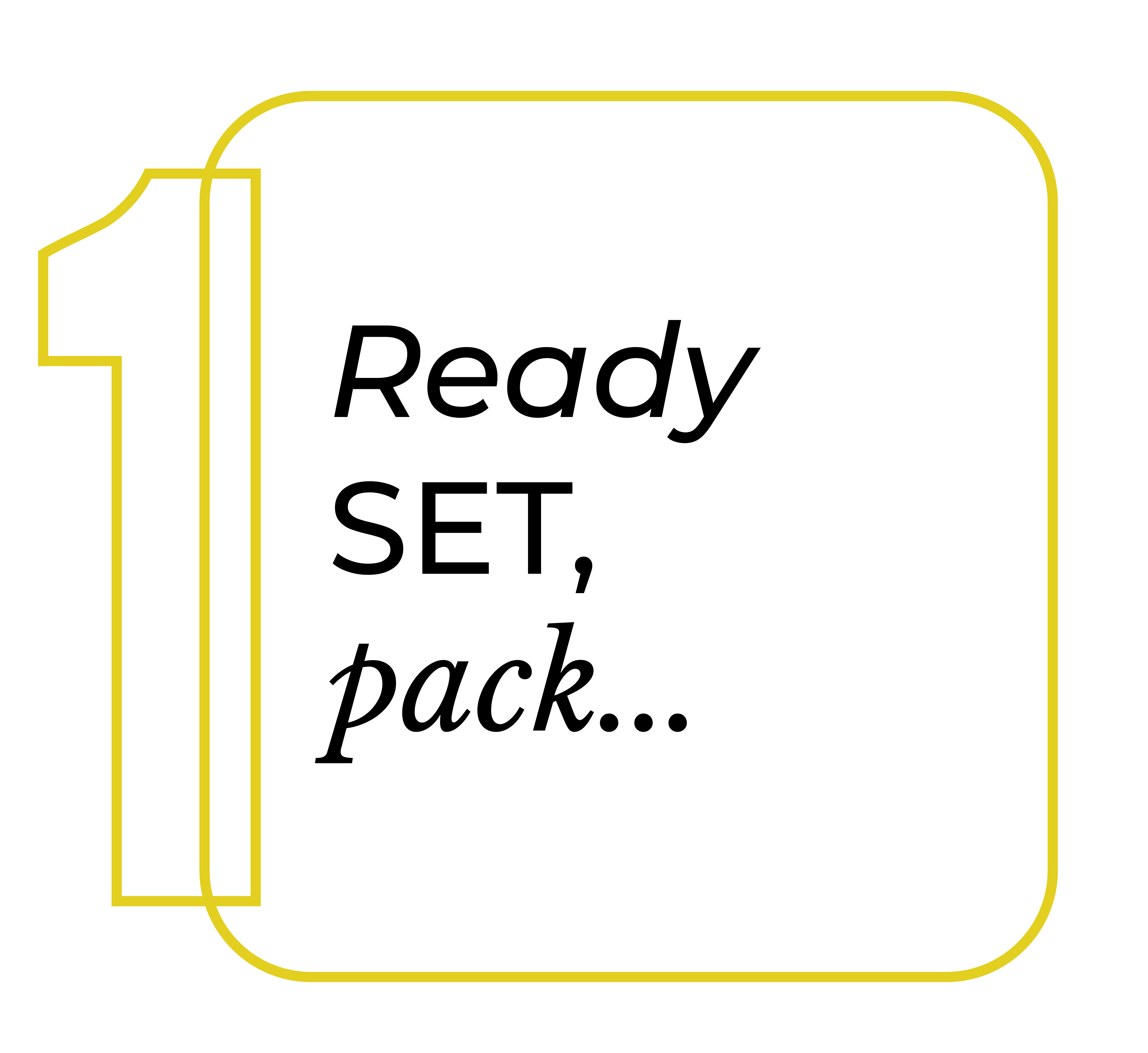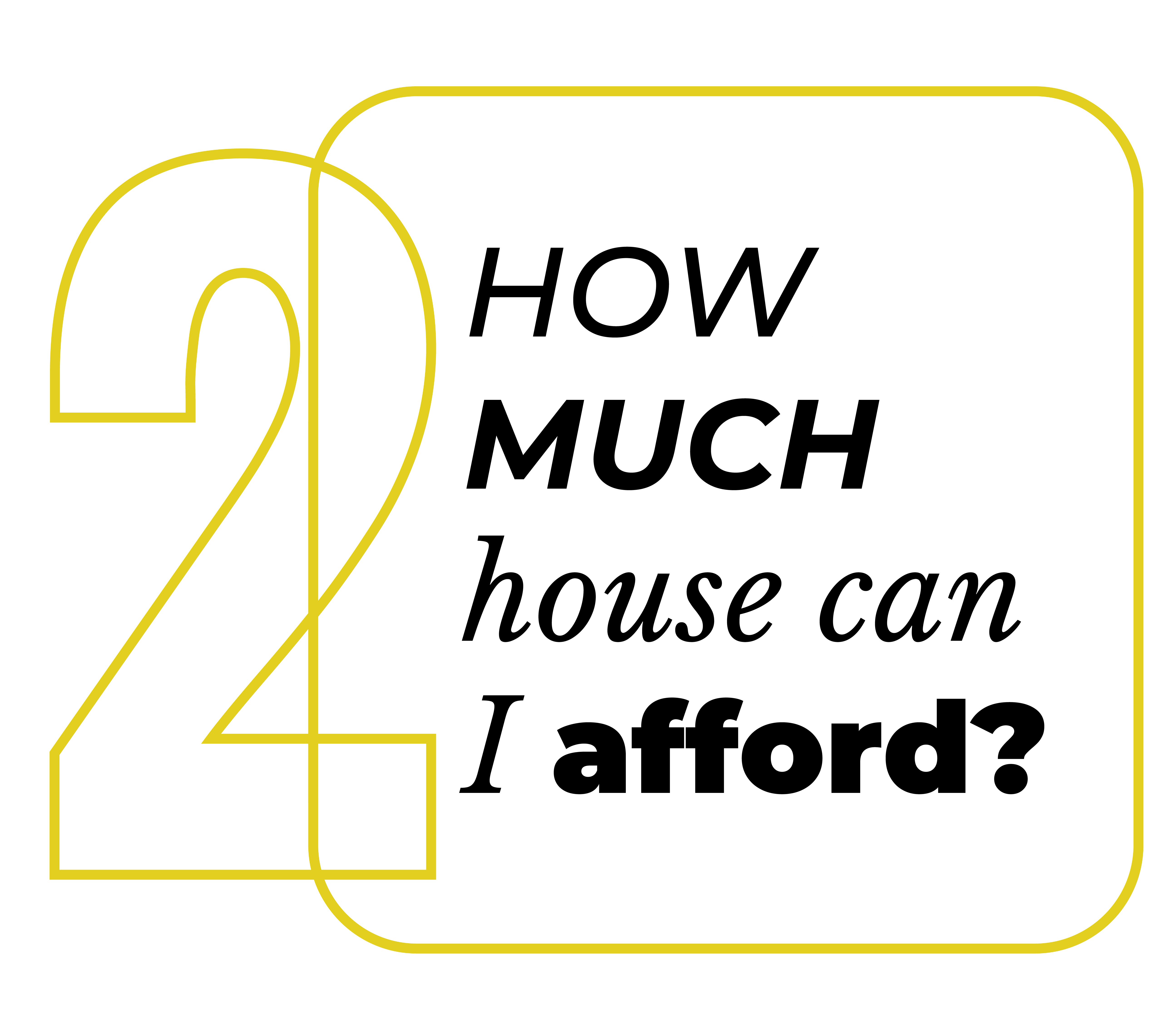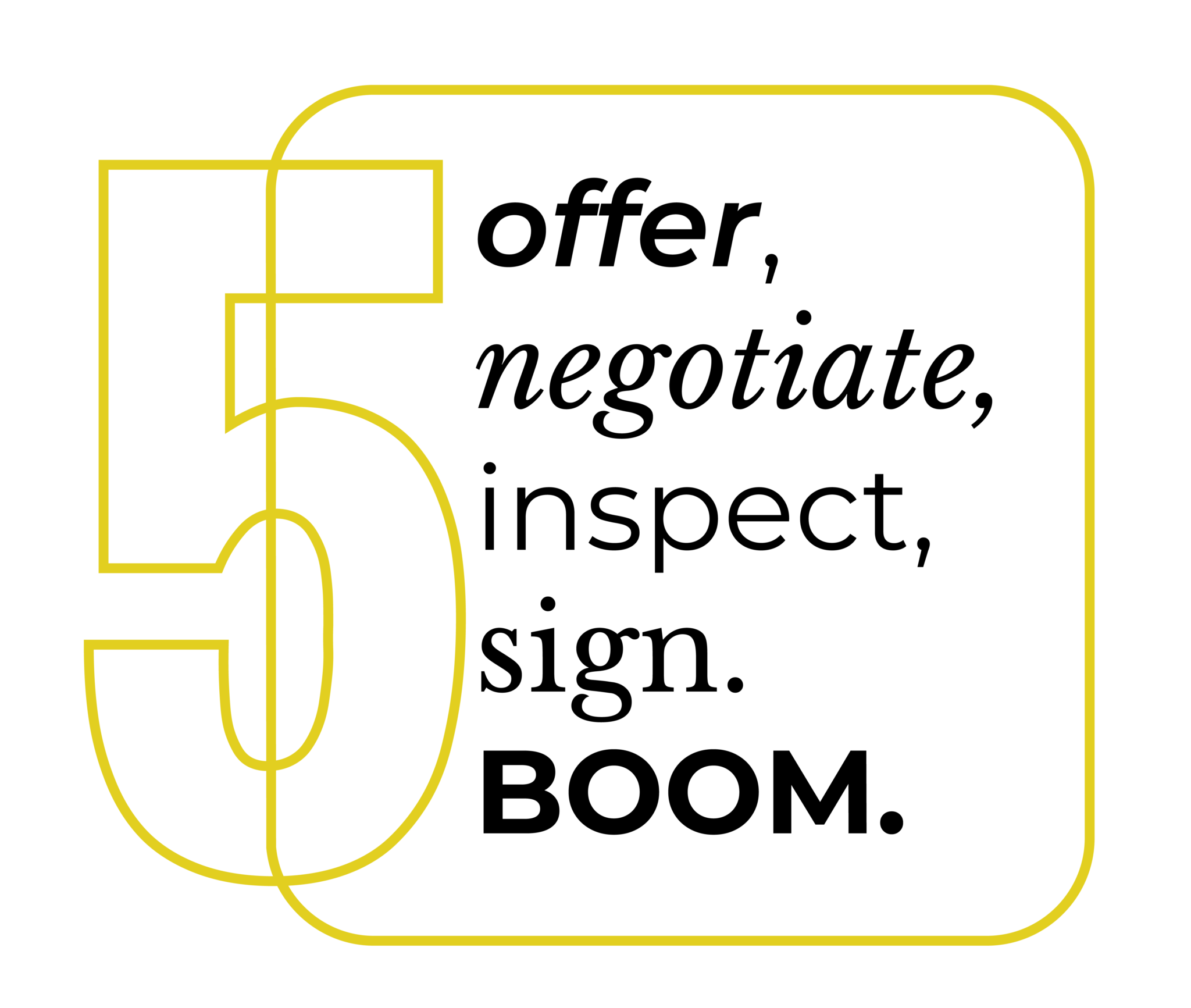So, you're looking for a new place...
I’ve put together some steps below so you can have a better understanding of the process.

STEP 1:
OFF TO BIGGER & BETTER THINGS.
Before purchasing a home, it’s important to become financially prepared. Some areas to check for improvement can be your credit score, monthly budget, and expenses. The better your credit score is, the better interest rate you will be offered by your bank. Many buyers don’t take into account the additional costs that buying a home can incur. For example homeowner’s insurance, the cost of landscaping, having an emergency maintenance fund, or the cost of utilities. It is important that you purchase a home you can afford. Making sure you’ve got these things covered will greatly help you make the most out of your purchase.

STEP 2:
DETERMINING YOUR BUDGET.
Once you’ve decided to buy a home, the first important step is creating a realistic budget to see how much of a mortgage you can afford. It’s important to consider the increase in utilities in this budget as well as other costs you didn’t have while renting, like property taxes and homeowners insurance. Keep in mind that home buyers often get approved for amounts higher than they can realistically afford. That’s why being honest in your budget is a crucial step and will set you up for success in the long run. A few steps you can take to prepare are figuring out your household income tax, making a list of all of your monthly expenses, knowing where to cut back, and paying off debt. By doing this, you’ll have a better handle on your mortgage payments. If you’re having trouble coming up with a number, there are several Home Affordability Calculators available to give you a rough estimate of how much of a mortgage you can afford at no additional charge to you.

STEP 3:
GETTING YOUR MONEY TOGETHER.
Once you know how much house you can afford, the next step is to save up for the upfront expense of buying a home. The first is your down payment. While many buyers are under the impression that they need to have 20% set aside for a down payment, it’s actually around 3%-5%. If you have any family members who are willing to contribute to this cost, you can present your lender with a gift letter indicating how much will be given towards the purchase. The next cost would be your home inspection. Though these aren’t normally expensive, usually between $300-$500, it is still a good idea to prepare for it. The last expenses are the closing costs, fees you pay to get the loan. It’s best to be prepared to pay between 3% to 6% of the home’s value. Closing costs depend on the type of loan you get, where you live, and who your lender is.

STEP 4:
PREAPPROVAL AND SHOPPING.
Before starting the hunt, you need to get preapproved for a mortgage. The lender will ask you for basic information like W2s, bank statements, identification, and some questions about the type of home you are looking to purchase. Once everything is reviewed, your lender will provide you with a preapproval letter that will indicate how much you’re approved for based on your credit, assets, and income. Having a preapproval is important when shopping for a home. In most cases, your real estate agent will want to see the letter first before taking you to look at homes you might not be able to afford. There are several types of loans available including conventional loans, FHA loans, VA loans, and USDA loans, which your real estate agent will help you decide on. A very important step to take before beginning the search is to make a list of what is most important to you to have in a home. Do you need a 2-car garage? How many bedrooms does your family need? What about a pool? These are all important to consider before even starting. It’s also important to be realistic and understand that all of the items on your wish list might not be found in one house. Put your wish list in order from most important to least so when you need to compromise later you’ll know what to knock off the list first. Online is a great place to start browsing for homes and get a general idea of how much the type of home you want costs.

STEP 5:
THE HOMESTRETCH.
Once you decide which home you want, it’s time to put in an offer. Sometimes buyers get lucky and their offer gets accepted by the seller right away, but this doesn’t usually happen. The seller can either accept your offer, reject the offer, or give you a counteroffer. Some homes even stir up a bidding war between homebuyers. Your real estate agent will help you through all the negotiations and communicating with the seller’s agent. Having someone in your corner to help you navigate this will make your life infinitely easier! After you come to an agreement with the Seller, the next steps happen quickly. First, get a home inspection to see if the home needs any repairs like a new roof or HVAC system. This can help you in case something like this is an issue and you need to go back to the seller and ask for repairs or credits. Some buyers skip this step completely to make their offer more attractive by offering ‘no inspection’. Once these inspections are complete, you would do a final walkthrough which allows you to walk through the property and verify that the seller has made the repairs you requested and the property has been completely cleared out. After this, all that’s left is to attend your closing meeting and provide an ID, copy of your Closing Disclosure, and proof of funds for your closing costs.
Schedule an appointment
I hope the information above was helpful! When you’re ready to put your house on the market, click on the link below and I will get in contact with you as soon as possible. Selling and buying a home can be a stressful process, but it’s my goal to make it as easy and stress-free as possible!
